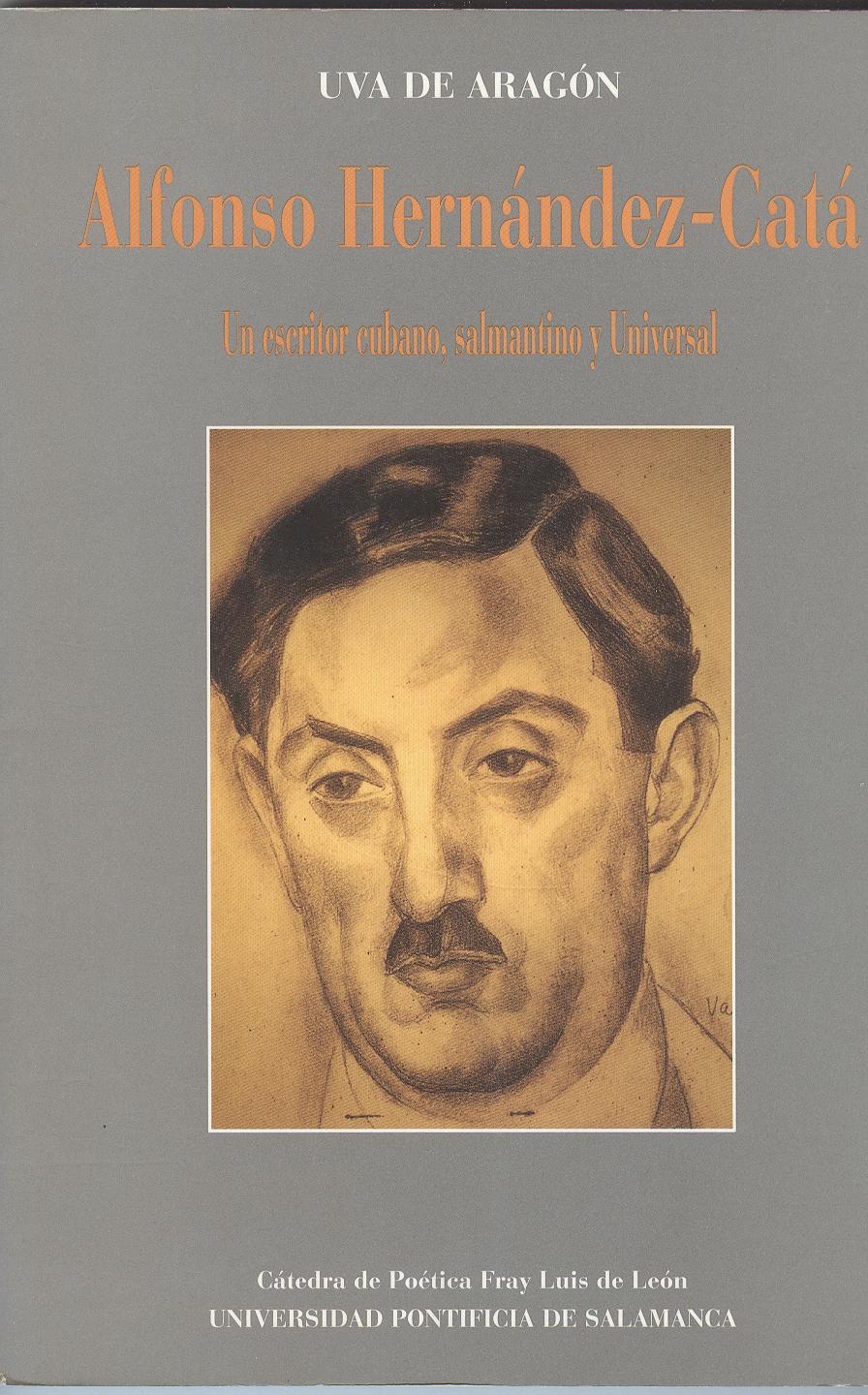4.2.7 The narrative of Alfonso Hernández Catá (1885 – 1940)

Alfonso Herández Catá’s work is considered one of the most cosmopolitan in the history of national literature; this was determined not only by a universalist vocation but also by his residence in various latitudes, his birth in Spain, his subsequent trip to Cuba, and his reestablishment in the Hispanic country. After completing his diplomatic and consular career, he served again in Spain, Portugal, and several Latin American countries; he finally died in Brazil.
Most of his stories are heavily influenced by French positivism and decadentism, focusing on individual psychology and human behavior in relation to their environment. However, these stories were not particularly anchored to the island as a backdrop, although some of his pieces reveal concerns about the political and social development of his island homeland.
His texts do not adhere to traditional Cuban short story writing, criollismo, or urban environments with a strong avant-garde influence. Instead, they address the study of human personality, sometimes from an archetypal perspective but more usually in terms of the influence of the environment on personality, social marginalization, and its resulting behavior. For Hernández Catá, the social aspect was above all a background for the study of the individual.
Some of his works anticipate a certain eschatological narrative that would take place in Cuba as early as the 20th century, although his foray into themes of this nature, in addition to his incisive Gothic style, also denoted a desire to scientifically penetrate reality, not only to expose but also to unravel the underlying causes, which points to the surpassing of naturalism itself as a literary movement.
It is true that the Cuban social situation was not the central theme of his narrative, but some of his texts do show and attempt to dissect the atmosphere of Havana, especially its marginal areas, during the 20th century and the situation generated around the dictatorial regime of Gerardo Machado, with a perspective that vindicates the patriotic legacy of the independence struggles of the 19th century.
Among his most important works, which will be addressed in another section, are: “Passionate Tales”, his first work from 1907; “Picturesque Zoology”, 1919; “The Seven Sins”, 1920; “Wandering Stars”, 1921; “The Will of God”, 1921; “A Bad Woman”, 1922; “The House of Menagerie”, 1922; “The Heart”, 1923; “Book of Love”, 1924; “Precious Stones”, 1924; “Mythology of Martí”, 1929; “Madhouse”, 1931 and “Four Pounds of Happiness”, 1933 and “A Cemetery in the Antilles”, 1933. In some of these the essayistic tone predominates over the argumentative connection.








